A Brief History of Women in Cinema
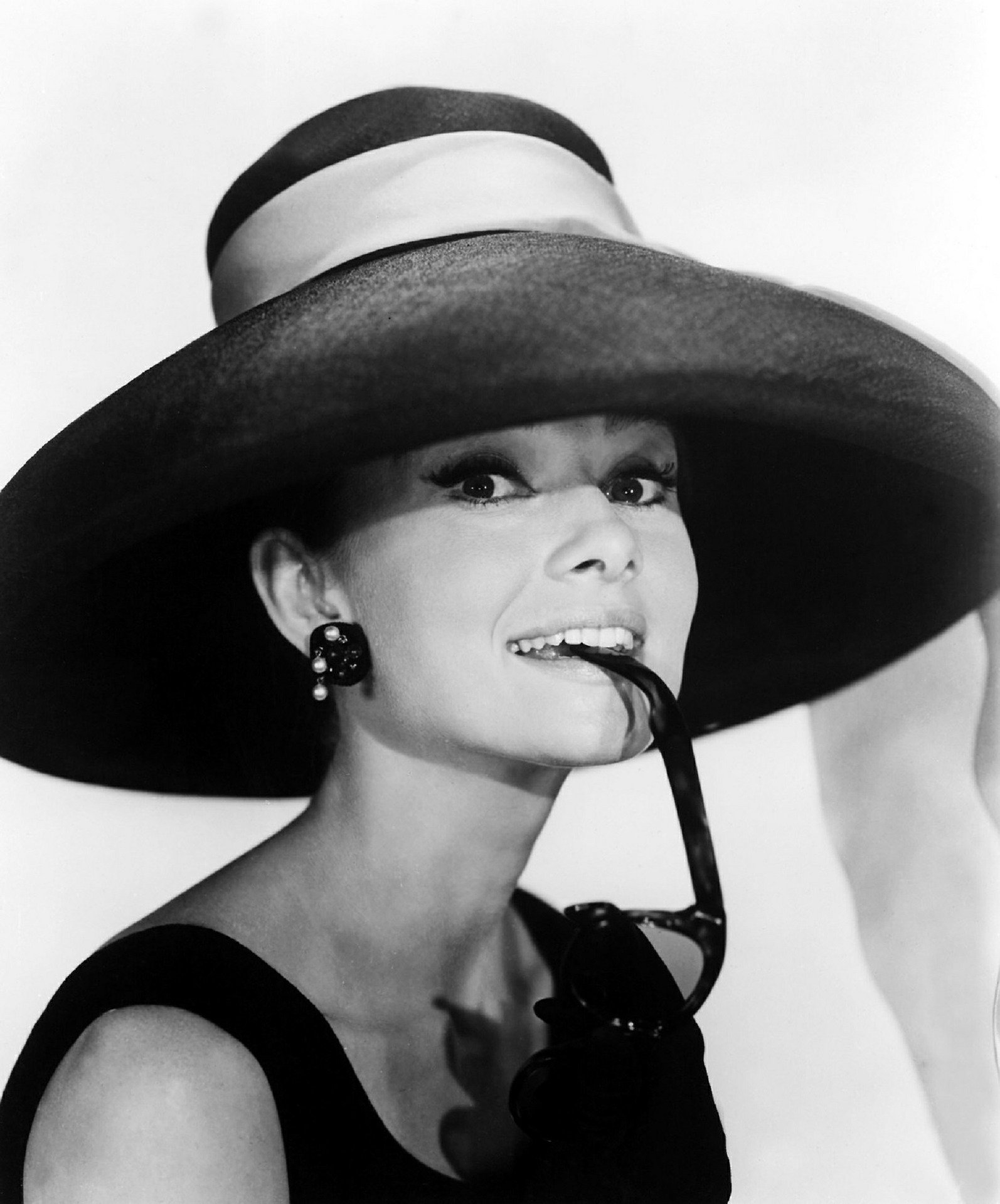
Women were involved in moviemaking from the beginning of cinema history. Alice Guy-Blaché made her first film in Paris in 1896. Later that year, she directed The Cabbage Fairy, or La Fée aux Choux, which many film historians consider to be the first fictional narrative film ever made (other movies made before showed scenes from real life). Many women worked as directors, producers, and writers during the silent movie era as well as actresses. As the film industry moved from silent pictures to “talkies” (movies with dialogue), the studio system blossomed, and women were pushed out of leadership roles. In recent years, several movements have begun to address the lack of women behind the camera or in leadership positions.
Mary Pickford
1892-1979
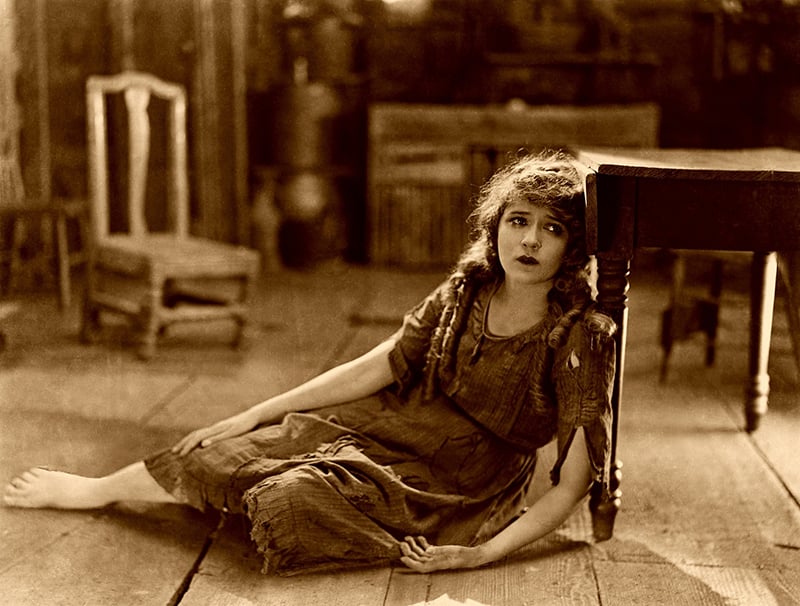
Mary Pickford was born Gladys Louise Smith in Canada. Pickford was a pioneer in the movie business and helped develop the craft of acting for the screen. She was known as both “America’s sweetheart” and “the girl with the curls.” She worked extensively with female screenwriter Frances Marion. Pickford founded the Pickford-Fairbanks studio with then-husband Douglas Fairbanks and later went on to found United Artists with Fairbanks, Charlie Chaplin, and D.W. Griffith. Pickford also helped found the Academy of Motion Picture Arts and Sciences, which produces the yearly Academy Awards (better known as the Oscars). Pickford won an Academy Award for Best Actress for Coquette in 1929. Coquette was Pickford’s first movie with sound. She was awarded an honorary Academy Award in 1976 for her contributions to the development of the movie industry.
Norma Talmadge
1894-1957
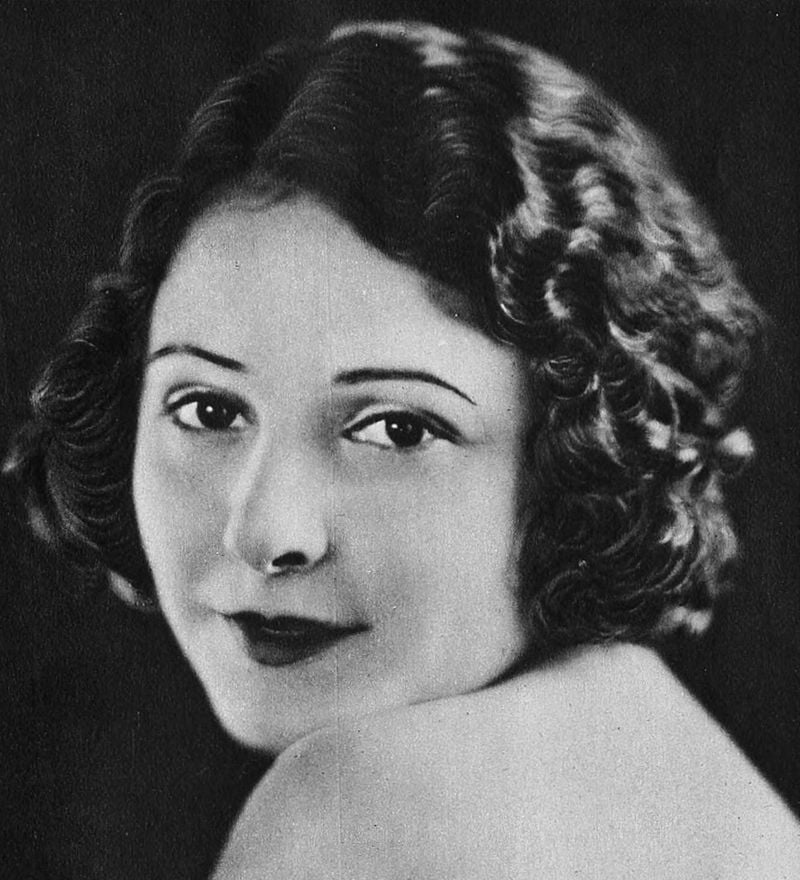
By Royal Atalier, N.Y.
https://archive.org/stream/motionpicturecla1920broo#page/n1101/mode/2up, Public Domain, Link
Norma Talmadge was one of America’s first movie stars. During the early 1920s, she was one of the most popular film actors. Talmadge developed the technique of portraying melodrama on film. Her most famous film is Smilin’ Through, but her films Secrets and The Lady are considered her most significant contributions to film history. After marrying film producer Joseph M. Schenck, they founded their own production company. Talmadge was not able to duplicate her success in talking movies, but thanks to her work as a producer, she retired a very wealthy woman.
Katharine Hepburn
1907-2003
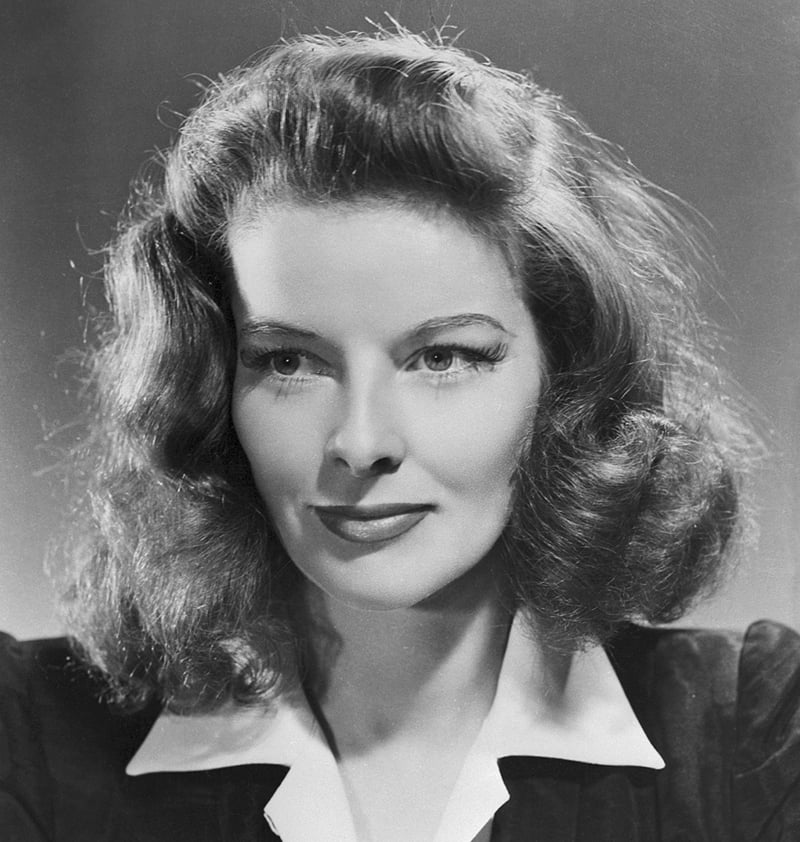
Katharine Hepburn starred in films ranging from screwball comedies to prestigious dramas over her 60-year career, during which she also won four Academy Awards for Best Actress. The American Film Institute named her the greatest female star of classic Hollywood. Raised in a progressive family and educated at Bryn Mawr College, Hepburn was known throughout her career for her fiercely independent nature. After early successes while under contract with RKO Radio Pictures, she starred in a string of unsuccessful movies, which led her to buy out her studio contract. She used her own money to buy the film rights to
The Philadelphia Story
and worked out a deal that allowed her to star in the movie. The movie is now considered one of the best comedy films ever made. From the 1940s until the 1960s, she made several movies with romantic partner Spencer Tracy. After his death, she continued to challenge herself with a variety of roles. Throughout her career, Hepburn refused to conform to the idea of a what a woman, and especially what a Hollywood star, acted like.
Bette Davis
1908-1989
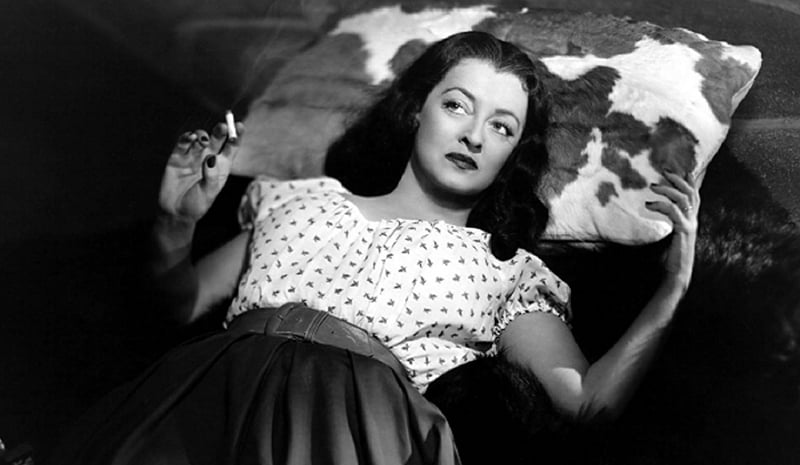
Bettey Davis starred in more than 100 movies over her 60-year career. Unlike most popular actresses, Davis was best known for playing unsympathetic or sarcastic characters. She worked in a variety of genres, from historical melodramas to suspense films, but she’s best known her for roles in romantic dramas. Bette Davis sued Warner Brothers in 1937 in an attempt to free herself from her studio contract, but she lost the case. Along with starring in movies like All About Eve and Now, Voyager, Davis also was the first female president of the Academy of Motion Picture Arts and Sciences. Davis was also the first woman granted a lifetime achievement award by the American Film Institute.
Hedy Lamarr
1914-2000
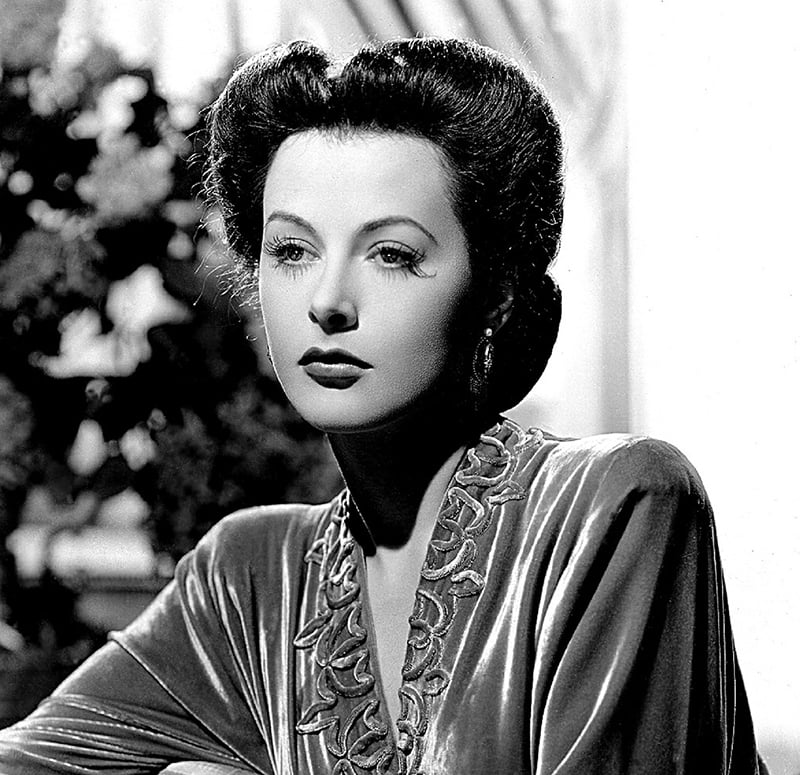
Hedy Lamarr was born in Austria and began her film career in Czechoslovakia. She met the head of MGM, Louis B. Mayer, in London, and he signed her to a movie contract. MGM promoted Lamarr as the world’s most beautiful woman, but there was much more to her than her looks. During World War II, Lamarr worked with George Antheil, a composer, to develop a frequency-hopping spread-spectrum technology the Allies could use to guide torpedoes that wouldn’t be able to be jammed by the Germans. The Navy did not use their invention during World War II but did put it in to use in 1957. Their work influenced the development of Wi-Fi and Bluetooth technology, and both were inducted into the National Inventors Hall of Fame in 2014.
Ingrid Bergman
1915-1982
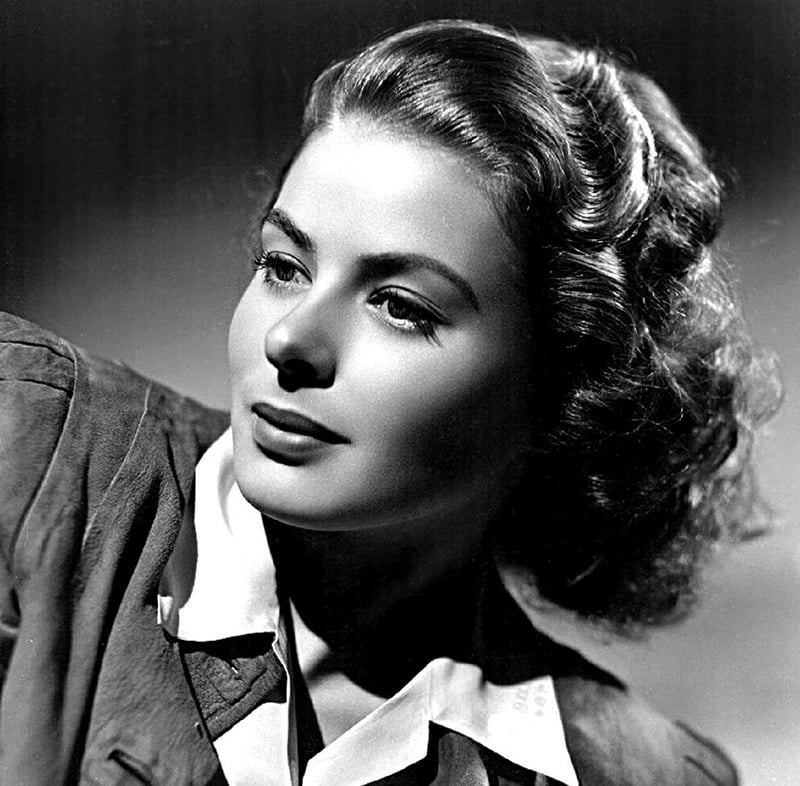
Ingrid Bergman was born in Sweden and began her career in Europe. Her first American film was Intermezzo in 1939, and her best-known film is Casablanca from 1942. Bergman made three films with Alfred Hitchcock. While making a movie with Roberto Rossellini, the pair fell in love. The resulting scandal, since Bergman was already married, forced her to stay in Europe for several years before being able to resume her American film career. Bergman was known for her beauty and fierce intelligence.
Judy Garland
1922-1969
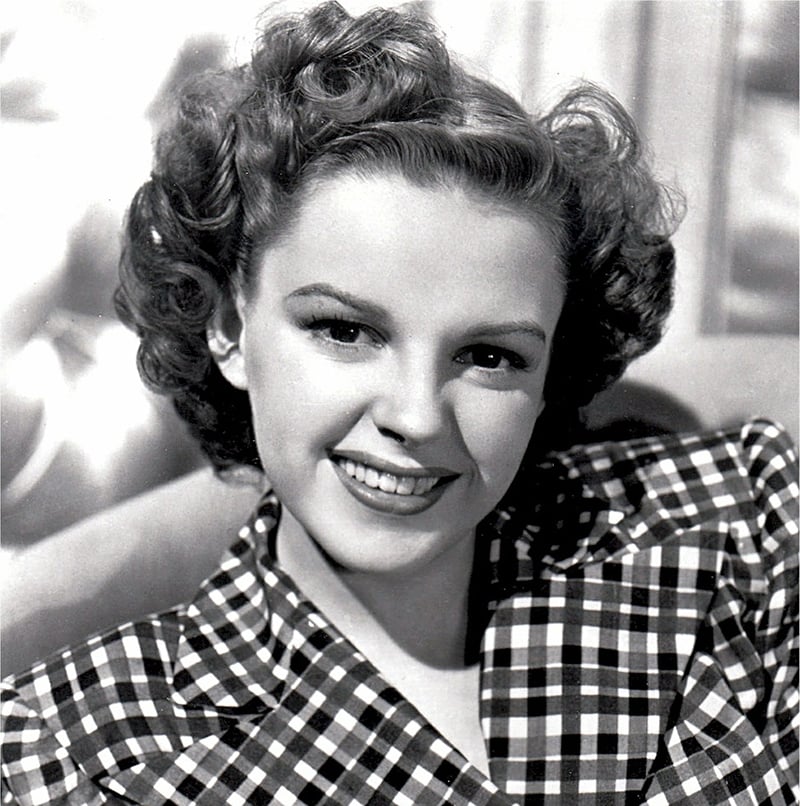
Judy Garland was a child star who worked in vaudeville before MGM signed her to a movie contract. During her time at MGM, she starred as Dorothy in The Wizard of Oz. Throughout the 1940s, Garland starred in a variety of successful musicals before being released from her MGM contract in 1950. Garland struggled with personal problems, some stemming from being a child star. She worked intermittently in movies and television and gave concerts after being released from MGM before dying of a drug overdose at age 47.
Marilyn Monroe
1926-1962
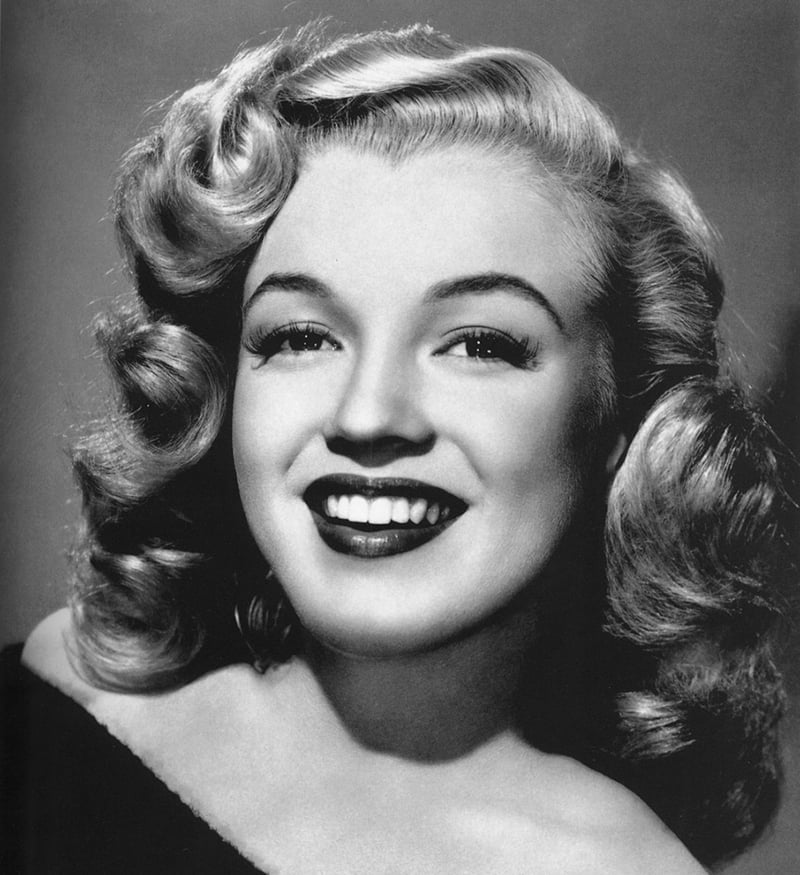
Marilyn Monroe was born and raised in Los Angeles. She had a hard childhood and spent time in foster homes and an orphanage. Monroe’s picture was taken while she was working in a factory in World War II, and soon, she was working as a pin-up model. She went on to earn minor roles in movies, and Fox signed her to a contract in 1950. She then starred in several popular comedies. Monroe had posed for nude photos as a model, and these photos came to light after she became a star; however, the images didn’t damage her career. Monroe was typecast as a sexy, dumb blonde, but she worked hard to craft her image and control her career.
In 1954, she refused to make a movie Fox wanted her to, “The Girl in Pink Tights,” because she was to be paid much less than her male costar and she didn’t like the script. She was suspended, but her popularity forced the studio to relent. She went on to form her own production company and study acting at the Actors Studio. Fox then awarded her a new contract, which gave her more money and creative control. Monroe made several successful movies, including Some Like it Hot, during this period. However, Monroe had a deeply troubled private life; she struggled with drug addiction and mental illness. She died of an overdose in 1962.
Audrey Hepburn
1929-1993
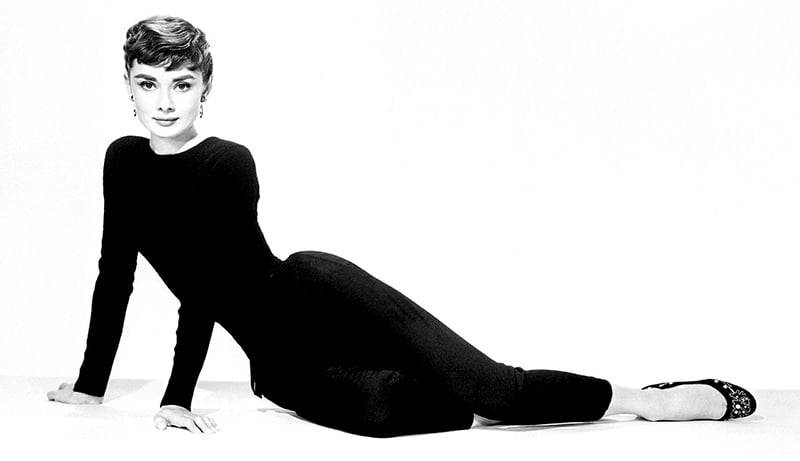
Audrey Hepburn was born in Brussels and studied ballet as a child. She worked in the chorus of musicals in London before transitioning into movie work. She was the first actress ever to win an Oscar, Golden Globe, and BAFTA award for the same performance (for her work in Roman Holiday). She continued to make successful films in the 1950s and 1960s but only worked sporadically in film after 1967. Instead, Hepburn focused on her work with UNICEF. She was awarded the Presidential Medal of Freedom in 1992 for her work as UNICEF goodwill ambassador. She died that same year.
Elizabeth Taylor
1932-2011
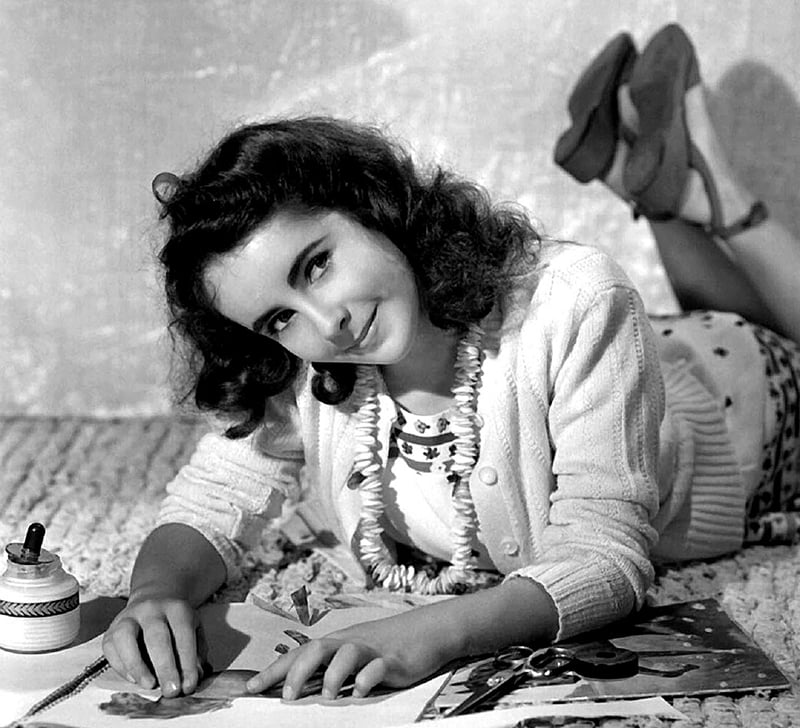
Elizabeth Taylor began her career as a child actress in the 1940s, starring in films like National Velvet. She was able to make the jump into adult roles successfully and remained one of the most popular stars of the 1950s, acting in films like Giant. Signed to MGM as a child, she left the studio in 1960. The next year, she made Cleopatra, and her $1 million paycheck made her the highest-paid actress of her time. Taylor’s career began declining in the late 1960s, but she kept working. Taylor stayed in the news because of her many marriages; she was married eight times to seven men. In the 1980s, she used her celebrity to launch a perfume line. She also began substantial work addressing the AIDS crisis, which led her to help found the American Foundation for AIDS Research in 1985 and later, in 1991, the Elizabeth Taylor AIDS Foundation. She received the Presidential Citizens Medal for her charity work.
Maggie Smith
1934-Present
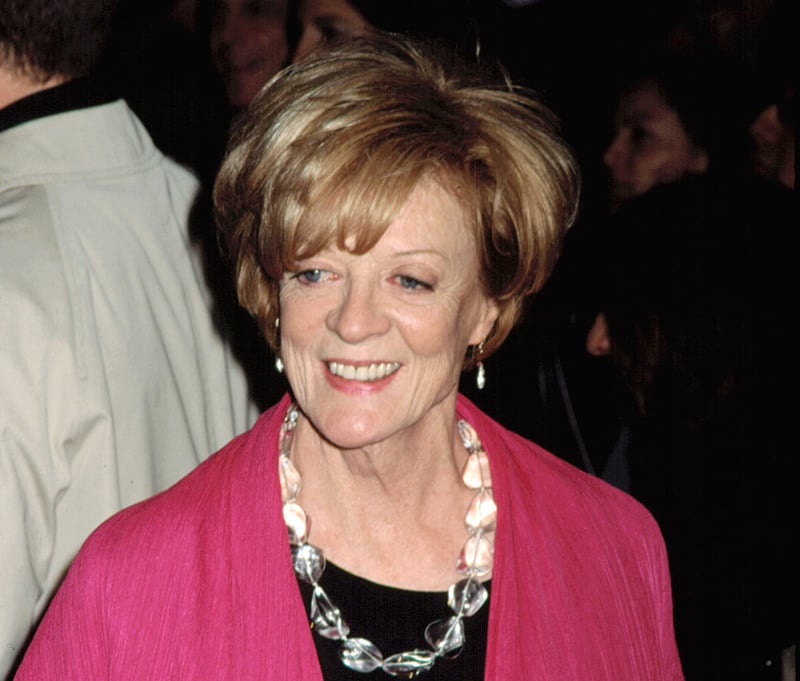
British actress Maggie Smith began her career on the stage. She won Academy Awards for her work in The Prime of Miss Jean Brodie and California Suite. Many actresses struggle to find suitable roles as they get older, but Smith has continued to act in acclaimed projects, becoming a bigger star with age. She starred as Professor Minerva McGonagall in the Harry Potter films before accepting the role of Lady Violet Crawley, Dowager Countess of Grantham, in the Downton Abbey television series and movie.
Julie Andrews
1935-Present
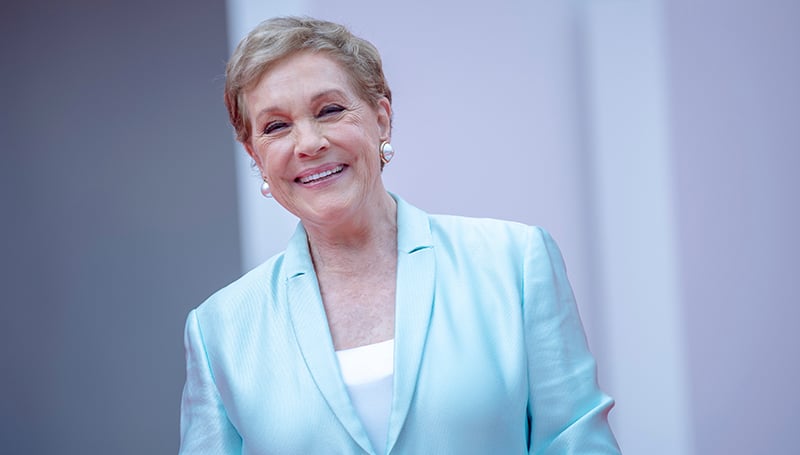
Julie Andrews began working as a child on the English stage before moving to Broadway. Her first film role was the lead in Mary Poppins in 1964, and her next film was The Sound of Music. Andrews continued working steadily until 1986; other than two films in 1991, Andrews didn’t appear on film again until 2000. However, since then, she’s found success in The Princess Diaries movies along with doing voice work in animated films like Shrek and the Despicable Me series. Andrews has also narrated documentaries and started a new career as a children’s book author.
Meryl Streep
1949-Present
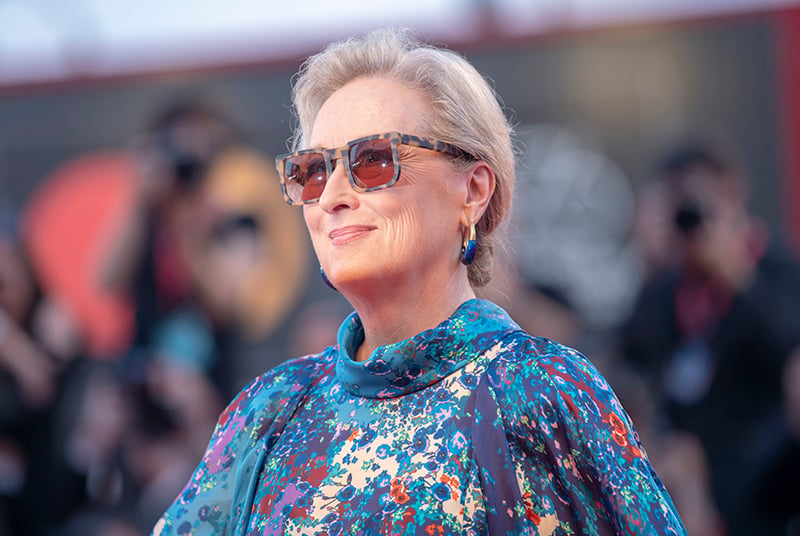
Meryl Streep is often described as the best actress of her generation. She’s been nominated for a record 21 Academy Awards and won three. After beginning her career on stage, she made her first film, Julia, in 1977. She’s portrayed many historical figures, including Margaret Thatcher, Julia Child, Lindy Chamberlain, and Katherine Graham. For her work, she’s been granted several honorary awards, including the AFI Life Achievement Award in 2004, Gala Tribute from the Film Society of Lincoln Center in 2008, and a Kennedy Center Honor in 2011. She received two awards from President Barack Obama: the National Medal of Arts in 2010 and the Presidential Medal of Freedom in 2014.
Oprah Winfrey
1954-Present
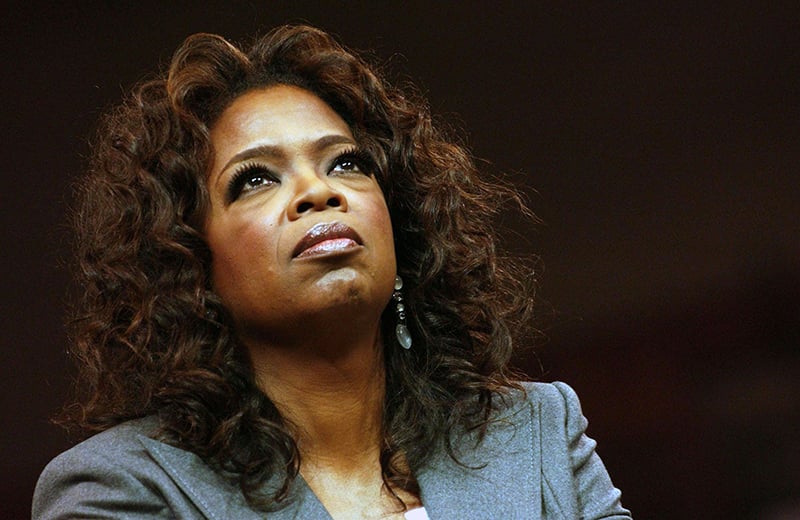
Oprah Winfrey had an unusual path to becoming a movie actress. She began her professional life as a television news reporter before becoming a talk show host. Steven Spielberg cast her in 1985 as Sofia in The Color Purple, for which she was nominated for an Academy Award. Winfrey continued focusing on her talk show but acted in Native Son in the late 1980s and appeared in various TV movies and shows. Winfrey was concerned about African-American representation in film, and so she produced and starred in Beloved, adapted from the Toni Morrison book, in the late 1990s. Winfrey also appeared in the 2018 adaption of A Wrinkle in Time. Winfrey mostly focuses on her multimedia production streams: She has a cable TV channel and produces a variety of projects along with running a magazine.
Julia Roberts
1967-Present
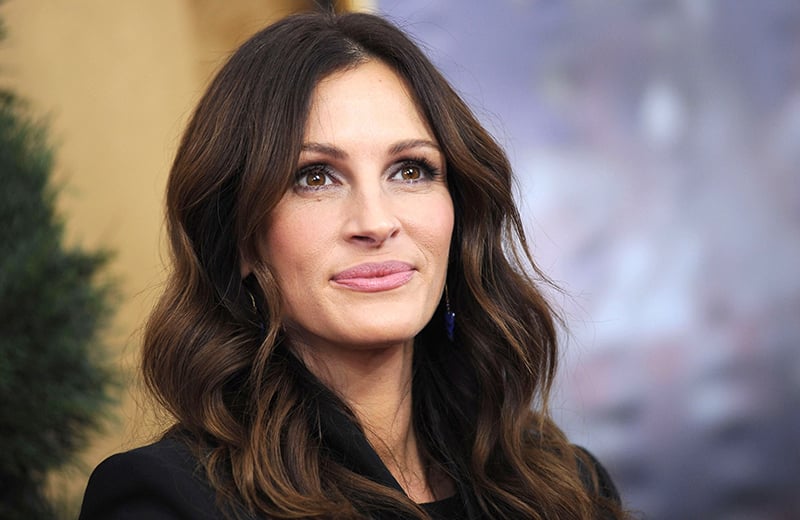
Julia Roberts first gained attention for her role as the doomed daughter of Sally Fields in the 1989 movie Steel Magnolias before shooting to superstardom after the release of Pretty Woman. Throughout the 1990s, she reigned as “America’s sweetheart” and released many successful movies. She won an Oscar for her role in 2000’s Erin Brockovich. During the 2000s, she veered away from romantic comedies into a broader range of film roles. Roberts purposefully began choosing more demanding and diverse characters and is upfront about the fact that no one but she decides what parts she accepts. Like many other actresses, Roberts founded her own production company, Red Om Films.
Reese Witherspoon
1976-Present
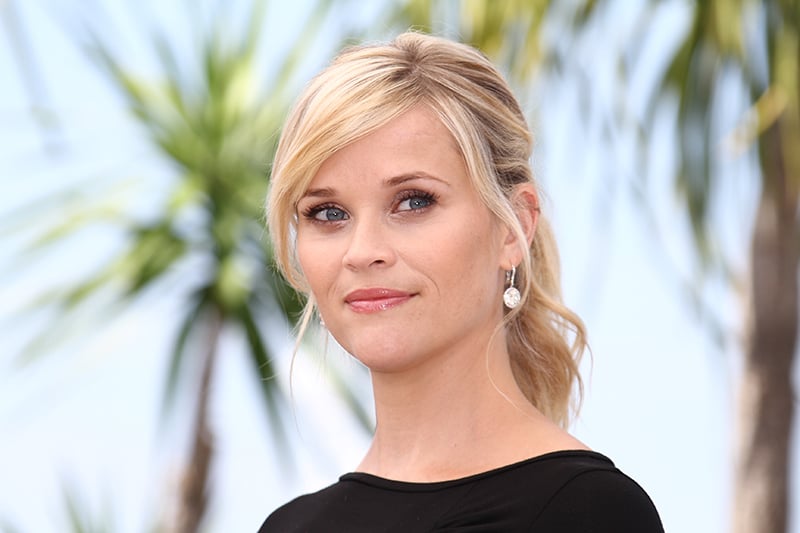
Reese Witherspoon was a teenager when she starred in her first movie, 1991’s The Man in the Moon. She continued to work throughout her teen years and was 25 when her breakout movie, Legally Blonde, was released in 2001. Witherspoon won an Academy Award for her 2005 portrayal of June Carter Cash in Walk the Line. As Witherspoon entered her 30s, however, she experienced a career downturn. Witherspoon decided to take matters into her own hands, forming a production company. Witherspoon read a lot, and so she began looking for books that would make great movies. Soon, she had the rights for the books Wild, Gone Girl, and Big Little Lies, and her production company, Hello Sunshine, produced all three projects; Witherspoon starred in Wild and Big Little Lies. She continues to buy books to turn into movies or television shows. Additionally, Witherspoon runs the clothing company Draper James and hosts a monthly virtual book club. Witherspoon is also involved in charity work that benefits children and women and serves on the board of the Children’s Defense Fund.
Scarlett Johansson
1984-Present

Since 2018, Scarlett Johansson has been the world’s highest-paid actress. The movies she’s starred in have made more than $14.3 billion globally. Her box office totals make Johansson the third-highest-grossing movie star of all time. During her film career, which began in 1994 at age 10 with the movie North, she’s also been nominated for two Academy Awards and won a BAFTA award. Johansson’s breakout role was in Sofia Coppola’s 2004 film Lost in Translation. Johansson also stars in the Marvel Universe films.
Home Theater Seating
- Recliner With Lumbar And Neck Support
- Staggered Theater Seating
- Best Deal On Theater Seating
- Highest Rated Furniture Brands
- Recliner Chair With Lights
- Electric Recliner Chairs
- Zero Backspace Recliner
- Southern Motion Theater Seating
- Entertainment Recliners Leather
- Recliners Italy
- Reclining Movie Theater Seats
- Clearance Home Theater Chairs
- Best Power Reclining Sectional
- Movie Theater Seats Chairs
- Hometheaterseating Com
- Movie Theater Chairs For 5
Decor & Accessories
- Red Black Furniture
- Diamond Leather Seats
- Indoor Movie Room
- Home Theater Lighting Ideas
- Cloud Recliner
- Azure Theater Seating
- Theater Chairs In Brown Leather
- Tiered Seating
- Octaine Theater Seats
- Theater Seats For Auditorium
- Home Riser
- Grey Sectional For Sale
- Home Movie Theater Platform
- Paragon 41417 Chairs
- Loveseat With Usb Port Azure
Top Pages
- Where To Buy Theater Carpet
- Tv Room Furniture Layout
- Theater Chair Usb Tray
- Single Recliner with Cup Holder
- Theater Seatings
- King Size Power Recliners
- Southern Motion Recliners
- Small Leather Movie Recliner
- Light Up Recliner Leather Chair
- How Wide Are Theater Seats
- 3 Seat Theater Seating
- Movie Theater Style Chairs
- Media Lounger Sofa
- Reclining Theatre Couch
- Leather Recliner Sectional

